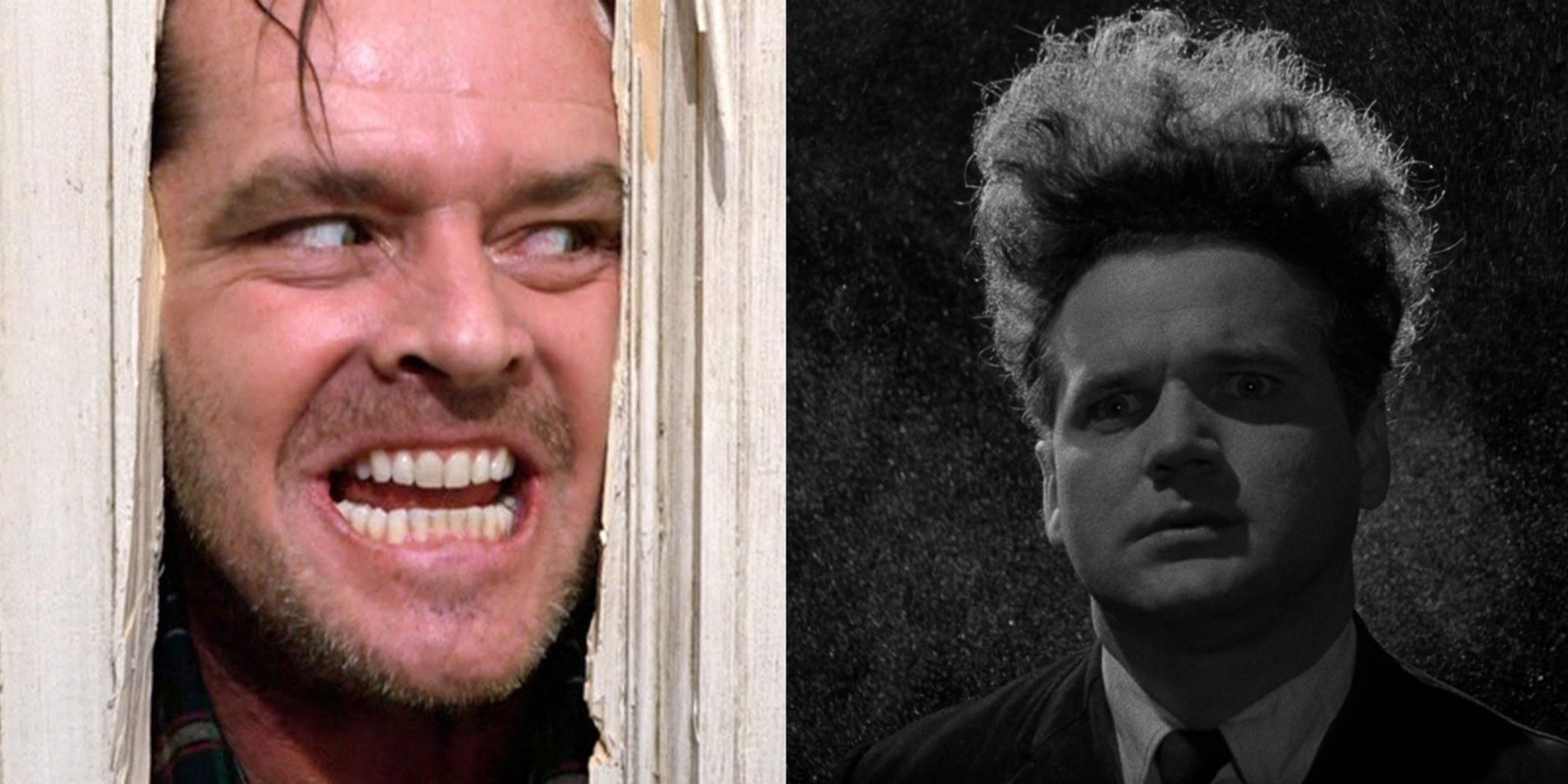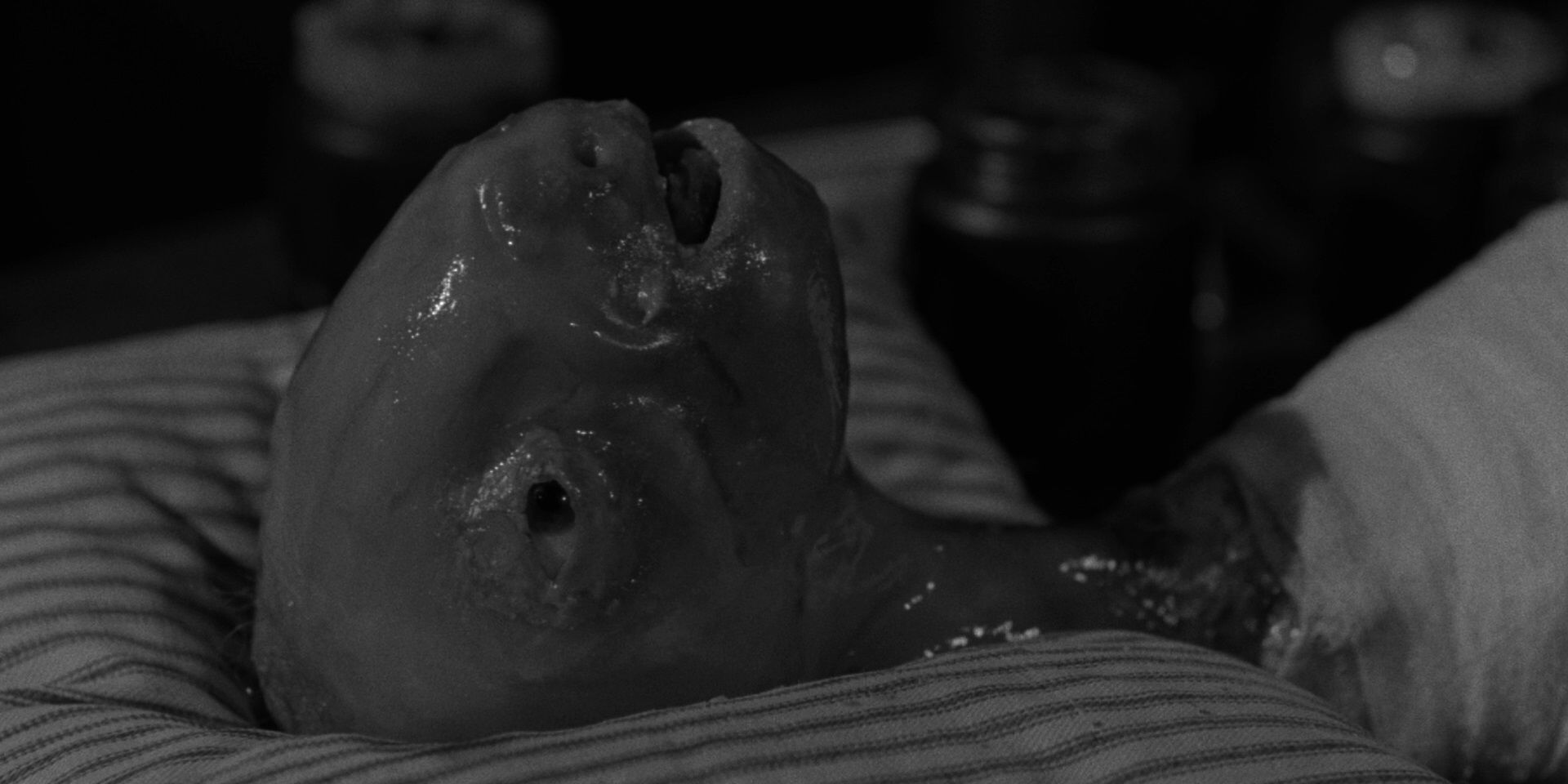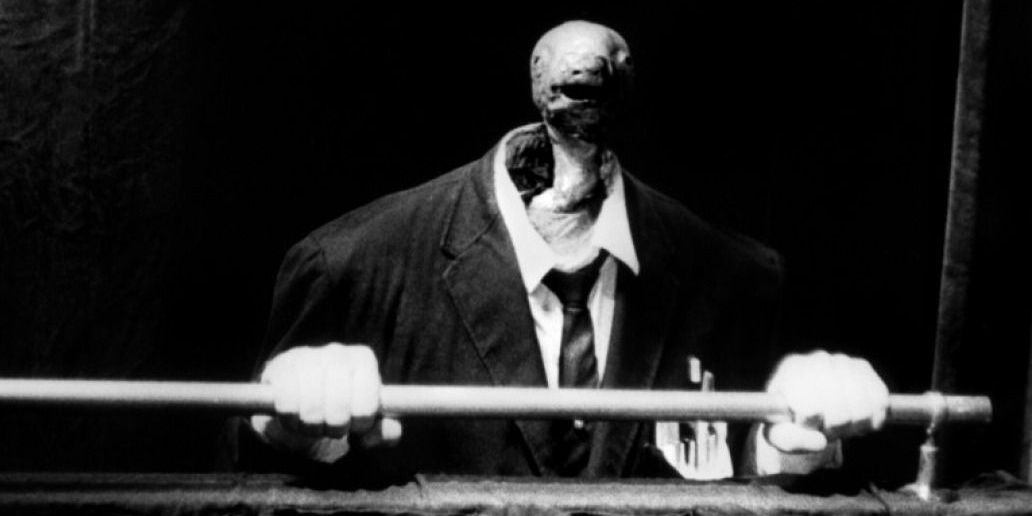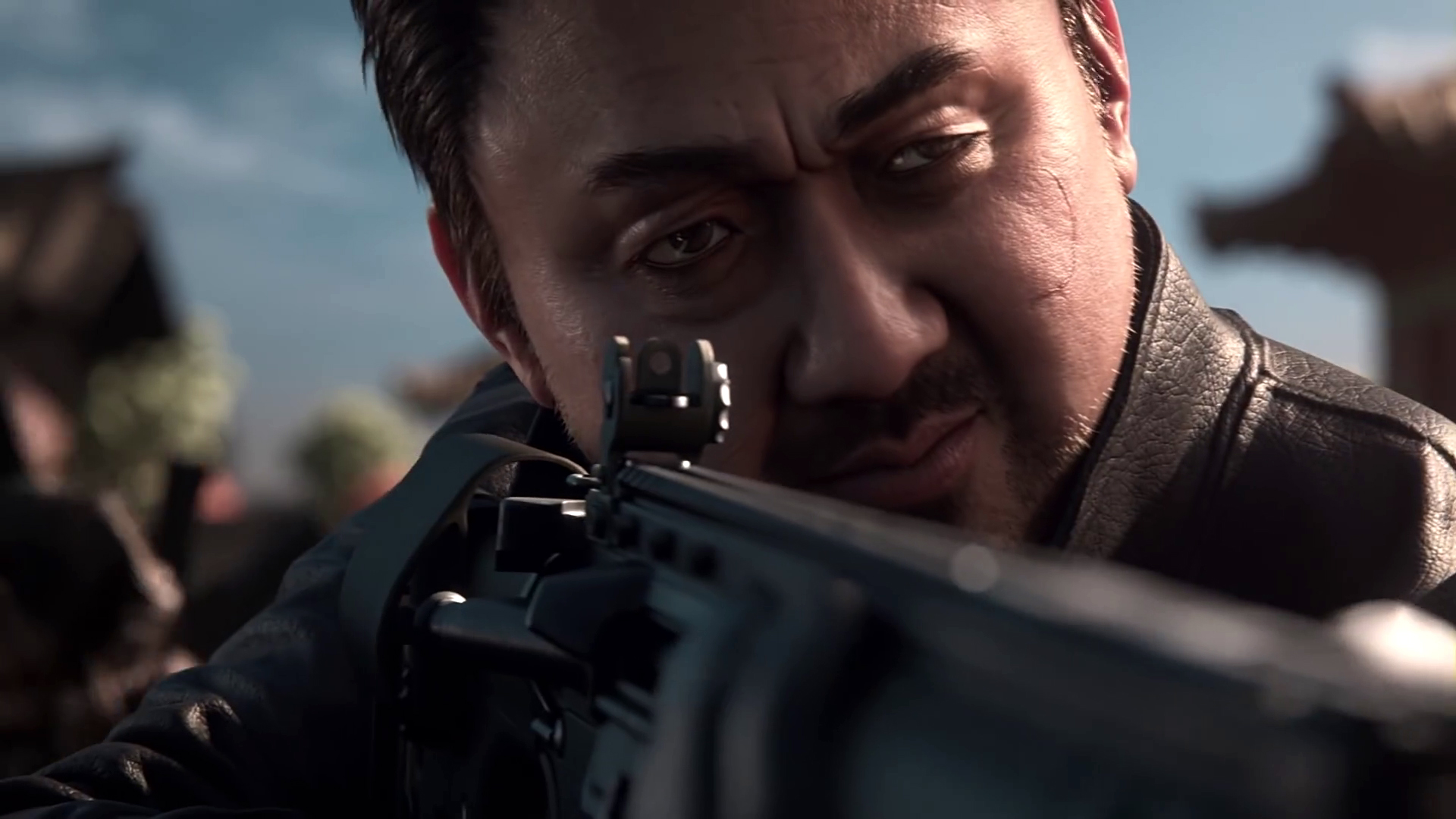
Stanley Kubrick’s The Shining is hailed as one of the greatest horror movies ever made. Deviating wildly from Stephen King’s source material, Kubrick’s 1980 masterpiece ventures into colder, darker, more unsettling territory, sustaining an unbearable sense of dread from beginning to end. One of the things that makes The Shining such a triumph is its uniquely disturbing tone, pitched somewhere between an offkey dark comedy, a harrowing domestic drama, and an acid trip.
In order to strike this tone and put his cast and crew “in the mood” to bring his terrifying vision to life, Kubrick screened a then-recent gem from the midnight movie circuit that has since gone on to become a revered cult classic: David Lynch’s 1977 directorial debut Eraserhead. Kubrick was even reported to have named Eraserhead as his favorite film.
RELATED: Fan Reimagines Seinfeld In The Style Of Twin Peaks: The Return
Thanks to a grant from the AFI that Lynch was only awarded because the dean was so taken with his vision that he threatened to quit if it wasn’t funded, Eraserhead went into production on a shoestring budget that would barely cover costs. Surviving on donations from cast member Jack Fisk and his wife Sissy Spacek (the star of Carrie), Lynch managed to shoot his gonzo vision of fatherhood and existentialism exactly as he’d imagined it, kickstarting one of the most fascinating and influential filmmaking careers of all time.

Drawing inspiration from Franz Kafka and Nikolai Gogol, Eraserhead is a decidedly surrealist work. Shot in gorgeous, grainy black-and-white, it tells the story of Henry Spencer, an unsuspecting everyman who’s tasked with raising his deformed child. In the opening scenes, Henry goes to meet his girlfriend Mary X’s parents, leading to one of the most uncomfortable dinner scenes ever put on film. Lynch managed to create as much terror with an awkward dinner as Ridley Scott did with a bloodthirsty extra-terrestrial in Alien. Things take a dark turn when Mary X gives birth to a child and Henry is named as the father. The baby is one of the creepiest creature designs in movie history. To this day, Lynch refuses to explain how he created the prop (although it’s speculated that it was made out of a rabbit).
Like the rest of Lynch’s films (except his biopics, The Elephant Man and The Straight Story, and his adaptation, Dune), Eraserhead can be interpreted in countless different ways. Lynch leaves the story’s meaning deliberately vague and ambiguous so that the audience is free to fill in their own meaning. The most obvious reading is that it’s a story about the fear of parenthood and the anxiety of becoming a full-time caregiver, but the movie has also been noted for its strong sexual themes and its depiction of the death of industry.

Lynch would go on to helm such critically acclaimed and delightfully indecipherable masterpieces as Blue Velvet, Lost Highway, and Mulholland Drive, but all the hallmarks of his style were there from the beginning. With Eraserhead’s baffling mysteries, dystopian industrial landscapes, layers of ambient noise, and surreal view of American life, David Lynch came out of the gate with the quintessential David Lynch film.
What really made Eraserhead stand out and garner a cult audience is its skewed depiction of everyday life. Lynch takes mundane situations like carving a chicken and puts a bizarre spin on them. In the case of the chicken, Mary’s dad tells Henry it’s a “man-made” chicken and the bird suddenly starts rolling around on the plate, bleeding like a sieve. When Henry takes his groceries home, his apartment is filled with piles of dirt. Putting a surreal twist on a mundane everyday scenario would later become a recurring motif in Lynch’s movies. In the opening scene of Blue Velvet, Jeffrey Beaumont finds a severed ear in the middle of an otherwise tranquil suburban neighborhood. While Fred Madison is enjoying a party in Lost Highway, he’s approached by the Mystery Man, who tells him he’s at his house right now and gives him a phone to call and check.

Eraserhead’s influence can be seen all over The Shining. In addition to using a lot of the same techniques as Lynch to create a foreboding atmosphere through the whole runtime, Kubrick directly lifted a few moments from Eraserhead. There’s a “girl next door” B-plot in Eraserhead that features a scene eerily similar to Jack Torrance watching a woman bathe in Room 237.
Kubrick isn’t the only filmmaker who was inspired by Eraserhead. Mel Brooks loved it so much that he produced Lynch’s next film, despite how far out of his parody wheelhouse Lynch’s artistic vision was. The use of ambient noise to create an unnerving atmosphere was replicated in the Coens’ Barton Fink and David Fincher’s Se7en, plus it reappeared in almost all of Lynch’s subsequent films. A poll by the Online Film Critics Society determined Eraserhead to be the second greatest directorial debut of all time after Orson Welles’ Citizen Kane.

Along with cult hits like El Topo, Pink Flamingos, and The Rocky Horror Picture Show, Eraserhead helped to kickstart the midnight movie phenomenon. Any horror fans who enjoyed the haunting ambiguity and hair-raising atmosphere of The Shining and have yet to check out Lynch’s debut feature should give it a go.
MORE: The Shining: The Movie Is Better Than The Book

